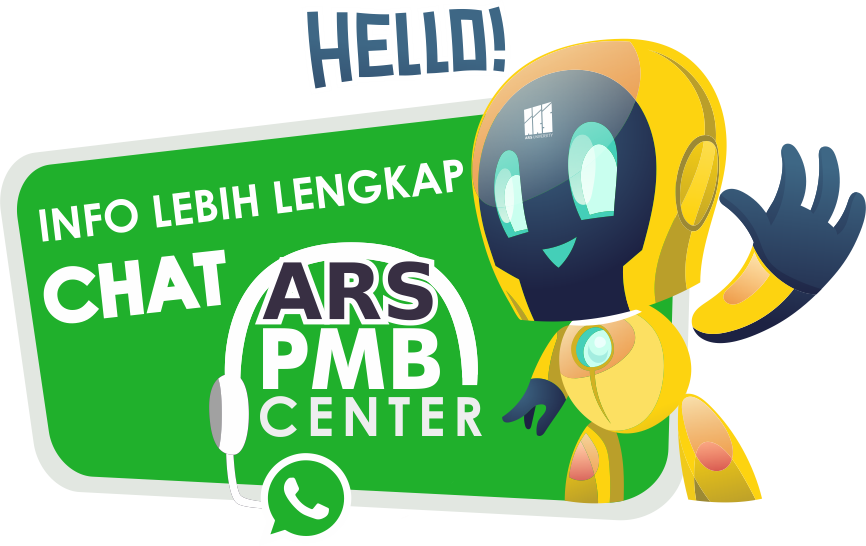| The purpose of this study is to examine the e-learning adaptation model, namely the mediation of perceived ease of use and perceived usefulness in the relationship between compatibility of technology and student continuance intention. The object of study of the research focuses on students, who already have experience with the use of e-learning concepts at universities. The research method used is a survey, with the selected data is quantitative. The survey was conducted on students in the city of Bandung, which has many universities that implement the concept of e-learning. The data from students as respondents was collected through questionnaires and the data was processed using the SmartPLS tool, considering the mediation model testing such as path analysis. The test results conveyed that there was a positive relationship between research variables. Compatibility of technology as a supporter of the e-learning concept can be the main supporter of perceived ease of use and perceived usefulness. The impact is on adapting the concept of e-learning which is more easily accepted by students. Besides, it is known that there is a good relationship between perceived ease of use and perceived usefulness in increasing continuance intention. Another finding is that continuance intention can be directly influenced by compatibility of technology, but with a low correlation value. These findings can explain that perceived ease of use and perceived usefulness can be the right mediation to increase students' continuance intention in the concept of e-learning. The culture and habits of students seem to have a role in adapting the concept of e-learning, this is also a recommendation for further research. This research provides insight into universities that organize the concept of e-learning, where it is necessary to pay attention to the mediation of technology adaptation, to be able to support the implementation of e-learning. |

